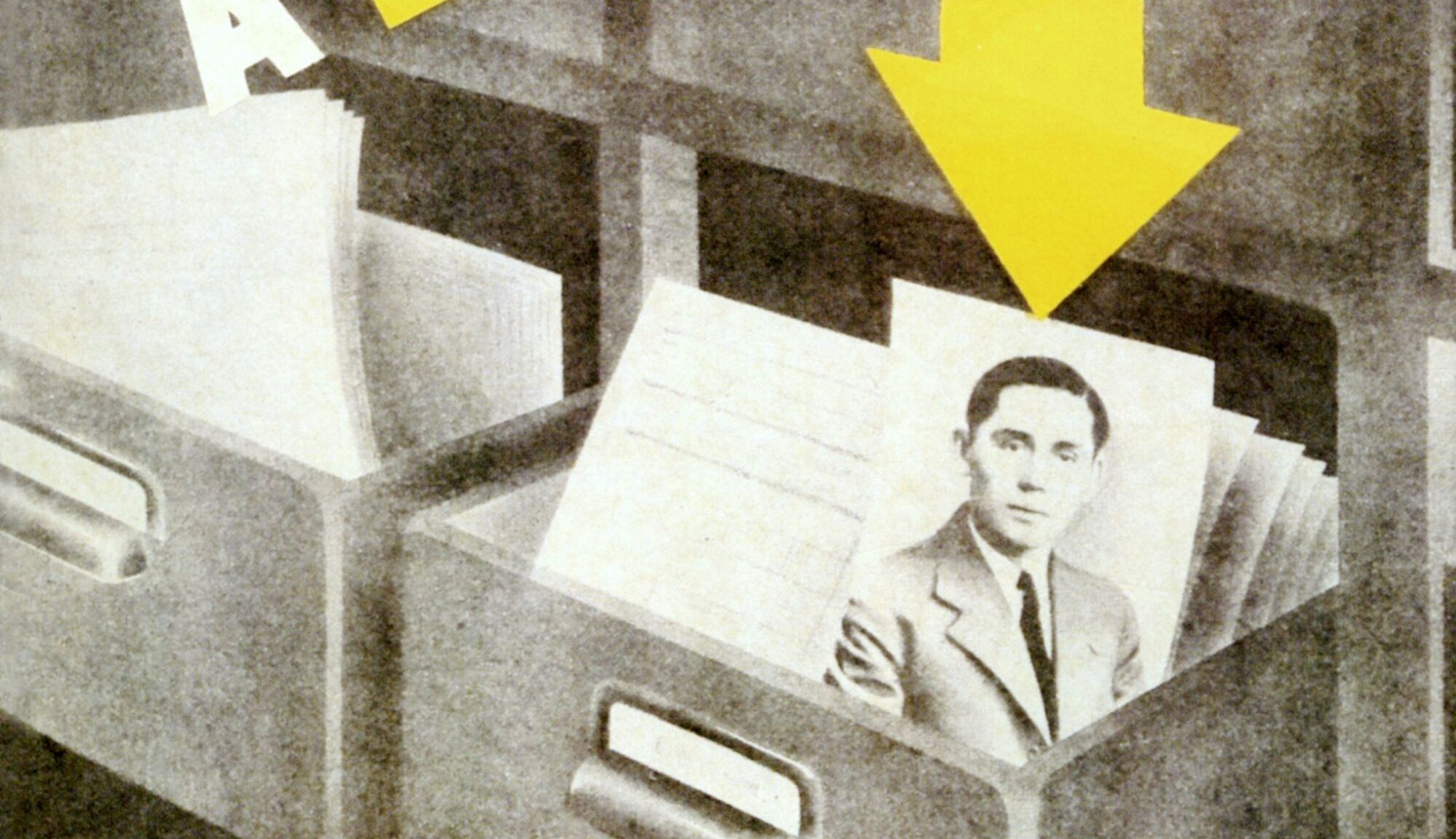Seventy years after the end of World War II, 2015 also marks the anniversary of the start of the Allied Powers occupation of Germany. The Allies’ occupation policies were based on four goals. One of those goals was to liberate Germany from National Socialism – to denazify the country. To that end, millions of people in both East and West Germany were subject to denazification measures.
The Allied Museum has chosen a number of personal stories to illustrate the broad range of denazification measures. The focus of the temporary exhibition is not the Nazi war criminals who faced judgment at the Nuremberg trials. Instead, it looks at the many millions of people who were members of Nazi organizations, including some 8.5 million who belonged to the Nazi Party. The goal of denazification was to remove them from all positions of influence in society, in order to establish new leadership and facilitate a new, democratic beginning for the country. A political cleansing program of that magnitude had never before been attempted in history.
The Allied used a detailed questionnaire to establish the extent to which an individual had been involved with the Nazi regime and subject them to sanctions. Individuals were classified into five categories – “major offenders, offenders, lesser offenders, followers, and persons exonerated.” It was an enormous task and, with more than four million denazification proceedings carried out between 1946 and 1949, it quickly overwhelmed the available resources. Critics of the process called it a “follower factory” that whitewashed the subjects’ responsibility. And indeed, in 95 percent of cases, the German denazification tribunals and the committees categorized the subjects as “followers” or “persons exonerated.”
The temporary exhibition explores the measures implemented in the western occupation zones, the Soviet zone, and the quadripartite city of Berlin, and illustrates the differences in how the four occupying powers approached the political cleansing, the difficulties they faced, and how the local tribunals and committees became the main players. The final section of the exhibition covers contemporaneous evaluations of the denazification process.
The question is whether denazification was a failure or whether integrating former Nazi Party members was necessary to ensure the reconstruction of society in West and East. Using some 150 exhibits and documents, the temporary exhibition will not only answer historical questions, but also raise current ones about an issue that remains potent even today.

